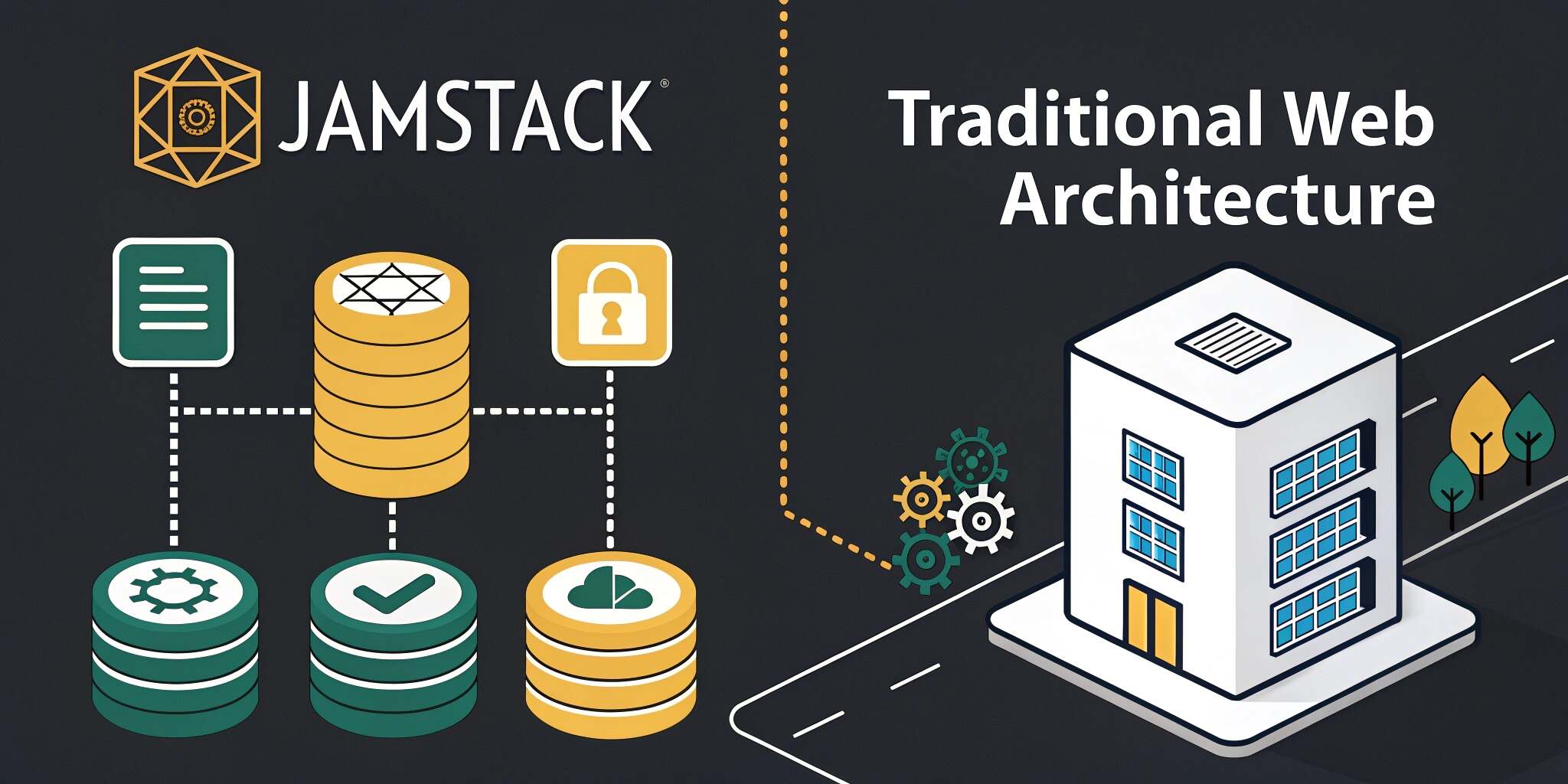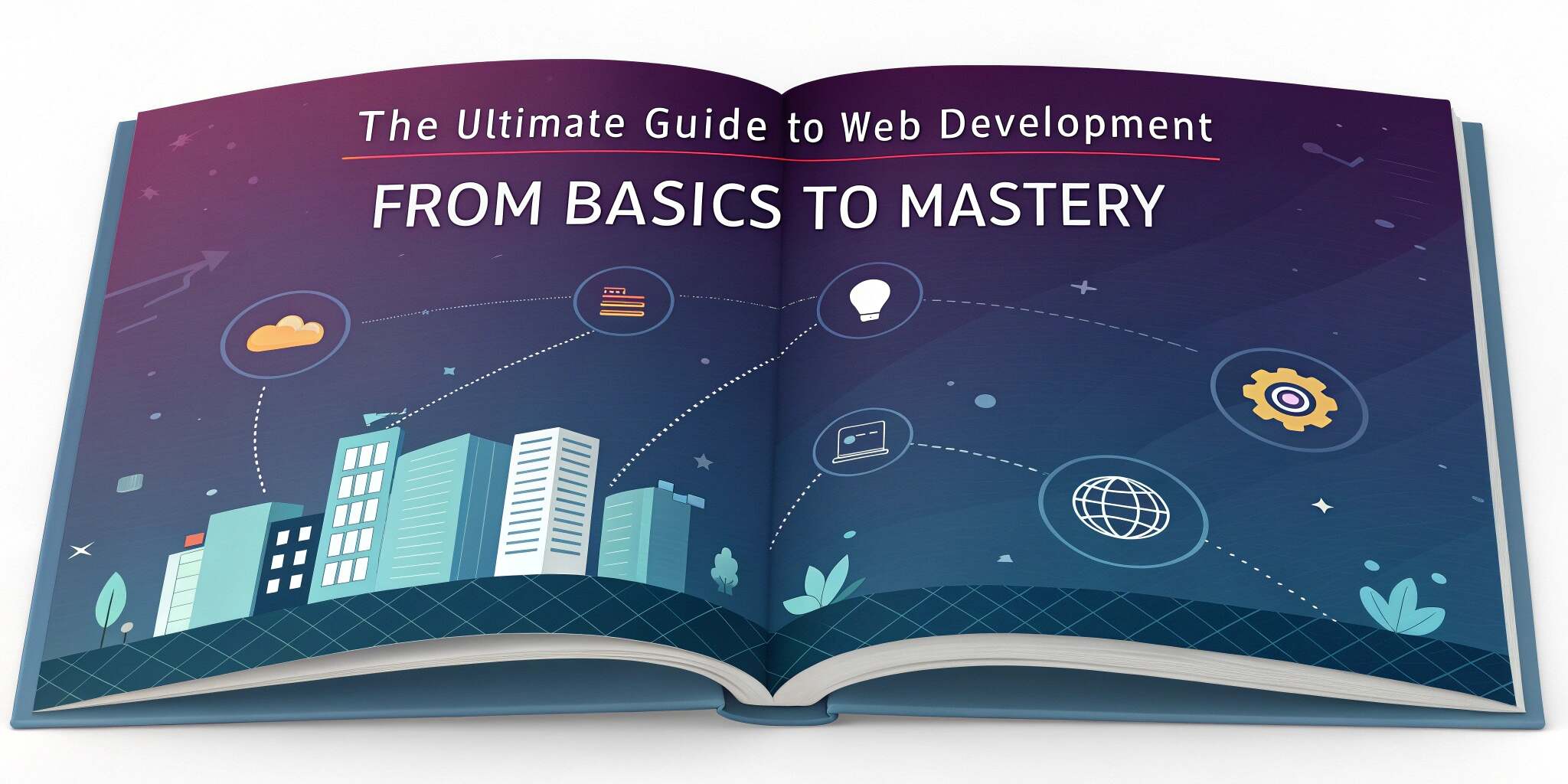As web technologies evolve, developers face critical decisions on architectural approaches. In 2025, two leading contenders—Jamstack and traditional web architecture—present distinct paths to building performant, scalable, and maintainable websites. But how do they really differ?
What is Jamstack?
Jamstack stands for JavaScript, APIs, and Markup. It decouples the frontend from the backend, delivering pre-rendered static pages through CDNs and relying on APIs for dynamic functions.
Key Characteristics:
- Static files generated at build time
- Uses headless CMS and serverless functions
- Frontend focused: React, Vue, etc.
- Faster load times via global CDNs
What is Traditional Web Architecture?
Traditional web architecture typically relies on monolithic systems where both frontend and backend logic reside together, such as in PHP, Ruby on Rails, or WordPress.
Key Characteristics:
- Server-rendered dynamic pages
- Tightly coupled frontend/backend
- All logic handled in one system
- Heavier on server resources
Performance
- Jamstack: Delivers lightning-fast performance by serving static pages over CDNs.
- Traditional: Often slower due to server-side rendering and dynamic content generation at runtime.
Scalability
- Jamstack: Easier to scale globally since there’s minimal server dependency.
- Traditional: Scaling requires more backend optimization and infrastructure planning.
Development Workflow
- Jamstack: Encourages modularity, version control, and CI/CD pipelines.
- Traditional: Less flexible with modern dev workflows and often needs more maintenance.
Security
- Jamstack: Smaller attack surface with fewer backend components exposed.
- Traditional: More vulnerable due to direct database and server access.
Use Cases
- Jamstack: Marketing sites, documentation, blogs, e-commerce with APIs
- Traditional: Enterprise apps, legacy systems, platforms with complex user management
Pros & Cons Overview
Jamstack Pros:
- Superior performance
- Better security
- Modern developer experience
Jamstack Cons:
- Limited dynamic functionality
- Longer build times for large sites
Traditional Pros:
- Flexibility with dynamic content
- Mature ecosystem
Traditional Cons:
- Slower performance
- Harder to scale and maintain
Which One Should You Choose?
In 2025, Jamstack is ideal for content-heavy, performance-critical websites, especially when paired with modern tools like headless CMS and serverless functions. However, traditional architecture remains relevant for complex, dynamic applications requiring full backend control.
Conclusion
While Jamstack is rapidly becoming the go-to for modern frontend development, traditional architecture still has its place. The choice depends on your project’s complexity, scalability needs, and development resources.


